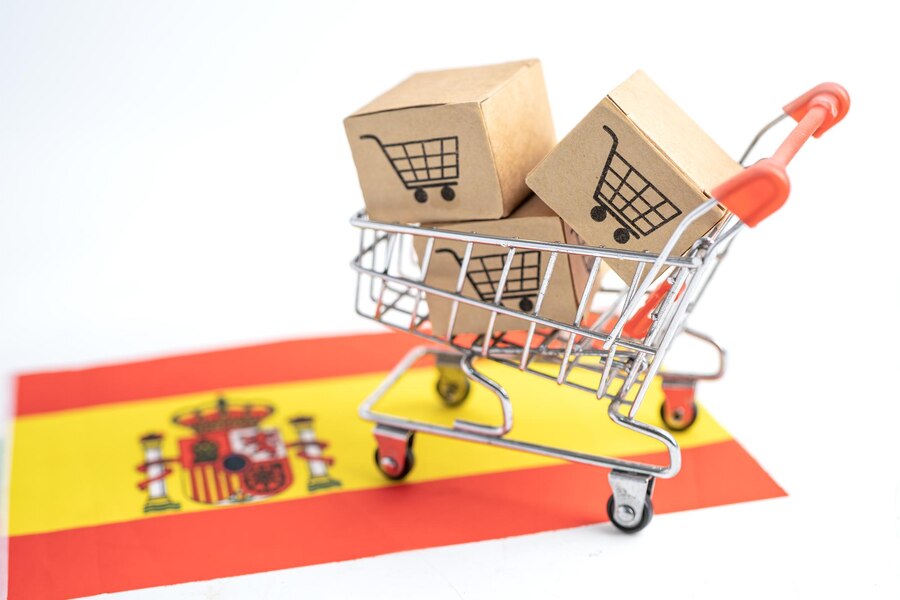Tax partner at EY, Alberto Garia Valera, writes about how improving tax-free shopping facilitation through digitalisation can help to improve a Spain’s economoc growth through a recovering tourism industry.
The Covid-19 pandemic has placed the volatility of the Spanish economy in the spotlight, particularly since it is so closely linked to tourism, an industry that makes up between 14% and 28% of the country’s GDP.
The importance of Spain’s tourism sector
Currently, the future of the Spanish economy depends considerably on the success of the tourism industry, which has suffered losses of EUR 43 billion – more than reported by France and Italy combined. That is why it is more crucial than ever that governments adopt measures to encourage activity within this sector to serve as leverage for the recovery of the overall economy.
These measures in particular – coupled with several other developing economic trends, including the advance of digitisation and the departure of the UK from the EU (Spain’s main source of tourism) – play an important role in encouraging spending by non-European travellers, sans bureaucratic burdens or additional costs. One important factor is the complete digitalisation of tax-free shopping (TFS). This has the potential to generate increased spending from non-EU travellers by reducing bureaucracy.
A TFS model, no longer fit for purpose
The issue at hand is that Spain’s current tax-free shopping model, which enables travellers to recover the VAT that they paid on eligible purchases, can incur significant administrative obstacles to both the retailer and the consumer. The process requires the seller to issue an Electronic Refund Document (DER), which is then sent to the Spanish Tax Administration Agency (AEAT). The purchaser must then validate the document at customs upon leaving Spanish territory in order to receive the VAT-rebate.

About Alberto Garcia Valera
The Author
Alberto García Valera is a partner at EY Spain. He is responsible for tax policy and business tax services in the region of Spain, Italy, and Portugal. He previously served as regional minister of Finance, Industry, and Energy as part of the Regional Government of Andalusia. Read More
The benefits of digitalisation
A fully digitalised system would in turn make the VAT-refund market much more competitive with lower fees, allowing tourists to get reimbursed for VAT in a larger number of shops. As things currently stand, more than 84% of retailers – some 775,000 stores – cannot afford to reimburse tourists for VAT because of the associated costs and bureaucratic complexities.
The potential impact of implementing such a process would be an increase in the levels of tourist spending in Spain together with a reduction in the overall cost of tourists’ trips. This will not only be reflected in the final link of the supply chain – the retailers – but throughout, with merchants requiring more from suppliers, along with a rise in employment. Ultimately tax revenues would increase from social contribution through higher employment and an increase in tax bases.
The adoption of such a system would lead to tourists having more money to spend on shopping, as the overall cost of their trip has been reduced. Ultimately this would place Spain as a leader in the EU – in respect to alternative popular holiday destinations – and in a position to compete for a larger share of the European tourism market.





